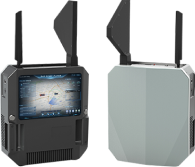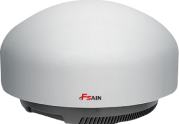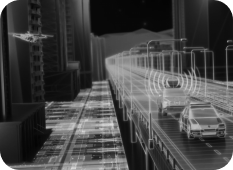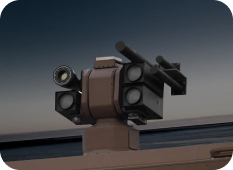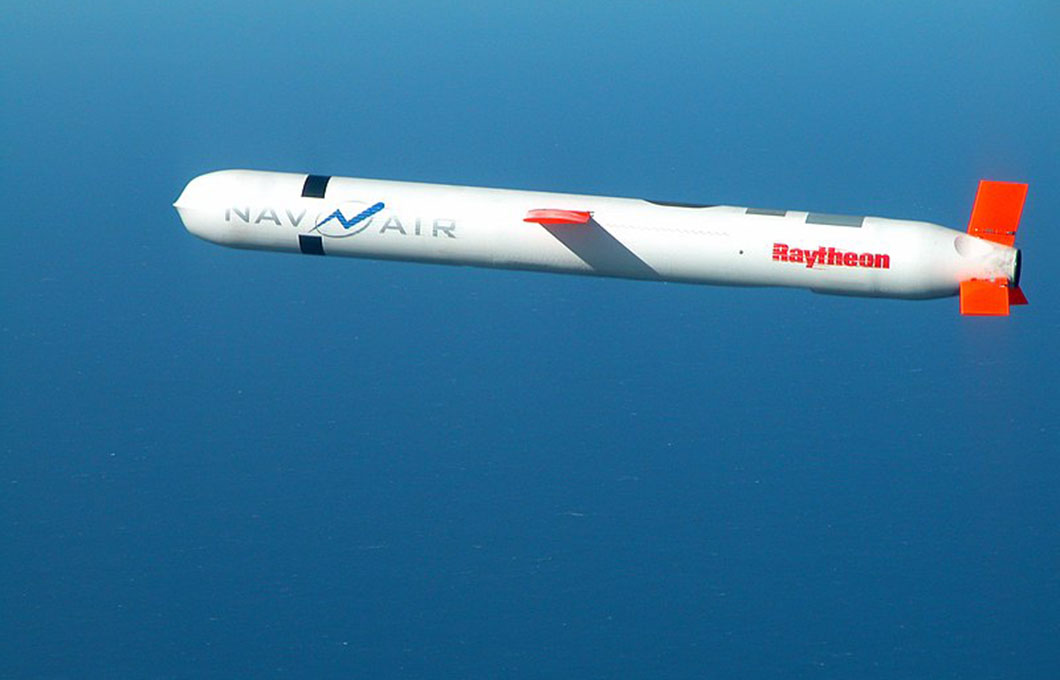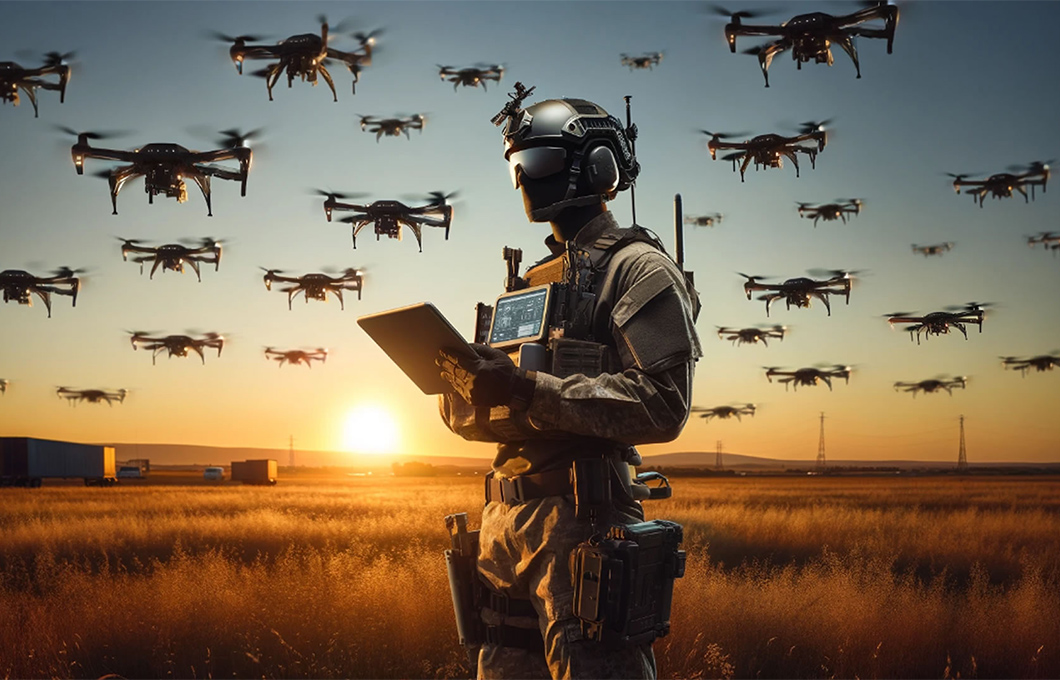



Cruise missiles, also known as "suicide drones" or "loitering munitions", are a weapon system that combines drone technology with missile characteristics. It can cruise over the target area for a long time, waiting for the best time to attack.
The key components of cruise missiles are power systems, navigation and control systems, sensors and communication systems, and missile characteristic weapons. The power system is generally an electric engine or a small internal combustion engine, which can provide power for long-term cruising. The navigation and control system is generally composed of GPS, inertial navigation system (INS) or visual navigation system, which is used for positioning, autonomous target recognition and path planning. The sensor and communication system is generally composed of optoelectronic/infrared cameras, radars or other sensors, and image transmission remote control links, which are used for target search and recognition, receiving instructions or transmitting real-time images. Missile characteristic weapons are used to destroy targets.
The working process of cruise missiles can be divided into several stages. First, in the launch stage, the engine of the cruise missile is started and enters the cruise state. Second, in the cruise stage, using the navigation system (GPS, inertial navigation or visual navigation) and communication system, it can receive the operator's instructions or perform tasks autonomously. During the cruise, the cruise missile will use sensors (such as cameras, infrared sensors or radars) to search and identify targets. Third, during the target lock and attack phase, once the target is found, the cruise missile will make a final confirmation and lock. After locking the target, the cruise missile will carry out a precise strike and destroy the target by diving or impact.

